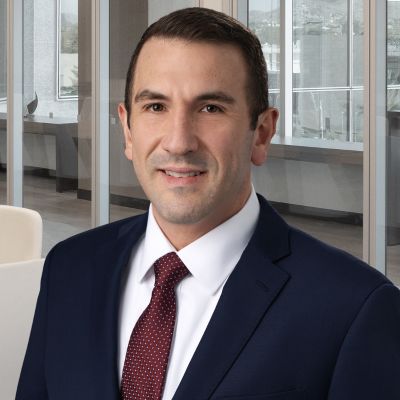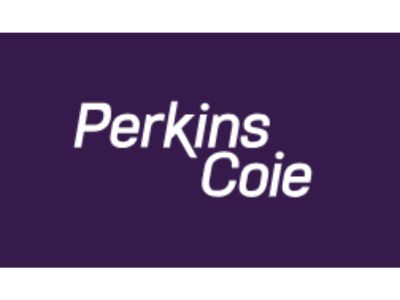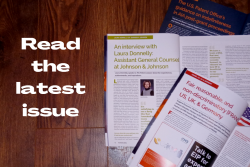The March 26, 2025, memo from the US Patent and Trademark Office director significantly changed the way the Patent Trial and Appeal Board (PTAB) handles institution decisions by establishing a bifurcated process under which the acting director—rather than panels of administrative patent judges—decides all discretionary denial issues. That memo not only invoked existing discretionary denial doctrines (e.g., Fintiv), but it also added several new “relevant considerations,” including so-called “[s]ettled expectations of the parties, such as the length of time the claims have been in force.”
On June 6, 2025, the acting director issued the first decision denying an inter partes review (IPR) petition based on the “settled expectations” factor in iRhythm Techs., Inc. v. Welch Allyn, Inc., IPR2025-00363. Although several considerations weighed against discretionary denial—including a district court trial date after the projected final written decision date, little investment by the parties in the co-pending proceeding, and a high likelihood of a stay following IPR institution—the acting director nevertheless discretionarily denied based on “settled expectations.” IPR2025-00363, Paper 10 (Director Decision), 2-3 (June 6, 2025). Because the challenged patents had “been in force since as early as 2012,” and petitioner was aware of them after citing them in a 2013 Information Disclosure Statement during prosecution of petitioner’s own patent application, the acting director found that the petitioner’s awareness “and failure to seek early review of the patents favors denial and outweighs the above-discussed considerations.” Id. at 3. In other words, the age of the challenged patents and the petitioner’s long-standing knowledge of them was sufficient to overcome the considerable countervailing considerations.[1]
Since the iRhythm decision, it has become clear that “settled expectations” based on the age of a challenged patent will be a significant factor in the acting director’s discretionary decisions going forward. Petitioners must be prepared to address them—even if the patent owner does not—because it is a petitioner’s responsibility “not only to respond to patent owner’s arguments but also [to] identify reasons not to exercise discretion to deny institution.” See Dabico Airport Solutions Inc. v. AXA Power ApS, IPR2025-00408, Paper 21 (discretionarily denying institution because “the challenged patent has been in force almost eight years, creating settled expectations” that neither patent owner nor petitioner had addressed); see also “FAQs for Interim Processes for PTAB Workload Management,” No. 10 (updated July 25, 2025) (explaining “the Director will consider additional facts and circumstances where appropriate, for example, to maintain consistency with discretionary decisions that the Director has already issued, where there are facts and circumstances within the purview of the Office or Office operations that the parties are not in a position to raise, or where there are facts and circumstances in the record or in the public domain that are relevant to the determination”). And while there is “no bright-line rule,” the acting director has explained that “in general, the longer the patent has been in force, the more settled expectations should be.” IPR2025-00408, Paper 21.
In fact, our review of all discretionary denial decisions since iRhythm shows that 81% of the 111 IPRs challenging patents six or more years old have been discretionarily denied. Thus, when a challenged patent has been in force for at least six years, it appears that there is effectively a presumption of “settled expectations” that a petitioner will need to overcome by pointing out, for example, “a significant change in law,” or the fact that a challenged patent “may have been in force for years” but was never “commercialized, asserted, marked, licensed, or applied in a petitioner’s particular technology space, if at all.” Cf. Intel Corp. v. Proxense LLC, IPR2025-00327, Paper 12 at 2-3; see also, e.g., Globus Medical, Inc. v. Spinelogik, Inc., IPR2025-00225, IPR2025-00226, Paper 8, 2 (June 12, 2025) (declining to discretionarily deny based on petitioner’s argument that “the challenged patent expired almost four years ago due to non-payment of maintenance fees, and, accordingly, it expected non-enforcement of the challenged patent”).
Since iRhythm, however, we have not seen a petitioner successfully overcome the presumption based on these arguments. It will therefore be important for future petitioners to think carefully about both the age of patents they challenge in the PTAB as well as how to properly contextualize those challenges (e.g., given the petitioner’s relationship—if any—to the patent owner and the challenged patents).
[1] iRhythm has requested Director Review of the discretionary denial (Paper 11); it remains pending.

Written by Jessica Kaiser
Firmwide Co-Chair, Perkins Coie’s Post-Grant Practice

Written by Chris Marando
Partner, Perkins Coie’s Intellectual Property Practice

Written by Jon Carter
Partner, Perkins Coie’s Intellectual Property Practice
You may also like…
Pravin Anand conferred with the APAA Enduring Impact Award
Pre-eminent IP Lawyer and Managing Partner of Anand and Anand, Mr Pravin Anand, has been conferred with the...
The quiet power of confidentiality clubs in SEP litigation
In standard essential patent (SEP) disputes, especially those involving FRAND (Fair, Reasonable, and...
A $10 million patent win reduced to a $1 lesson in damages
In a decision that will resonate as a stark warning to patent litigants, the US Court of Appeals for the Federal...
Contact us to write for out Newsletter














